The scarlet macaw (Ara macao) is a large red, yellow, and blue South American parrot, a member of a large group of Neotropical parrots called macaws. It is native to humid evergreen forests of tropical South America. It is about 81 centimetres (32 in) long, of which more than half is the pointed, graduated tail typical of all macaws, though the scarlet macaw has a larger percentage of tail than the other large macaws. The average weight is about 1 kilogram (2.2 lb). The plumage is mostly scarlet, but the rump and tail-covert feathers are light blue, the greater upper wing coverts are yellow, the upper sides of the flight feathers of the wings are dark blue as are the ends of the tail feathers, and the undersides of the wing and tail flight feathers are dark red with metallic gold iridescence. Some individuals may have green in the wings.
Temperament: Scarlet macaws communicate primarily through raucous honks; however, vocal communication is highly variable, and captive macaws are known to be adept mimics of human speech. Macaws are versatile and easy to get along with. They do well in a home with human adults, children and well-behaved pets. They usually entertain themselves well; however, they eagerly join in human activities when invited. Many like large toys with wooden chew blocks and strong cord. A large, wire spring toy covered with cloth is also popular. Macaws are intelligent and active, so a variety of things they can play with or tear up contribute to a healthy attitude and decrease the chance of behavior problems. When properly introduced, macaws often get along well with each other. Great care must be taken during introductions and subsequent interactions. Be cautious in situations where one bird is significantly smaller than the other. In those cases, it is best if the smaller bird is older and the macaw is a baby when first introduced. Never leave the birds unsupervised, and separate them forever if any kind of bullying takes place. They enjoy being an integral part of their human and animal family, eagerly fitting in with their activities and lifestyle. Flexible and extremely easy to live with, they are not exempt from becoming spoiled, which may lead to squawking or biting for attention or anger. However, their behavior quickly calibrates if the situation is worked with appropriately.
Breeding: While comparatively docile at most times of the year, scarlet macaws may be formidably aggressive during periods of breeding. Scarlet macaws are monogamous birds, with individuals remaining with one partner throughout their lives. The hen lays two or three white eggs in a tree cavity. The female incubates the eggs for about five weeks, and the chicks fledge from the nest about 90 days after hatching and leave their parents about a year later. Juveniles reach sexual maturity at five years of age.
Diet: Nuts, leaves, fruits, berries and seeds.
DNA Testing:
If there is no gender option listed for a bird on our website, that particular species is ‘monomorphic’, which means we’re unable to determine gender without purchasing DNA testing. DNA testing is an additional $149 per bird to guarantee preferred gender. DNA testing may add an additional 3-6 plus weeks to estimated delivery time to allow for gender results. See our FAQs for more info.


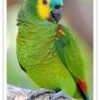
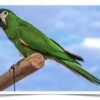

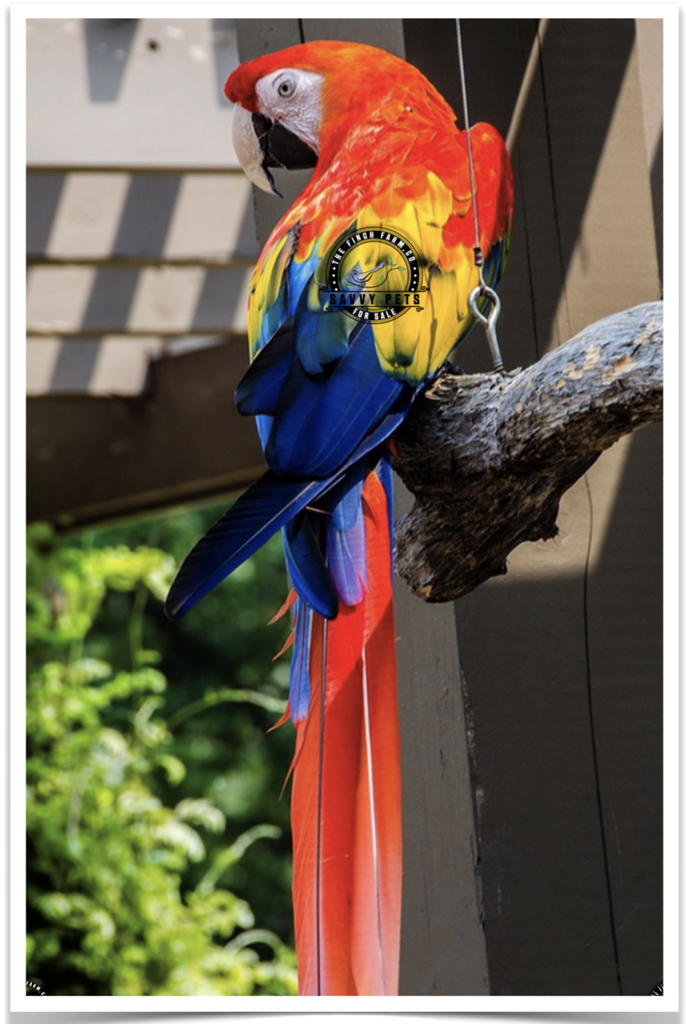
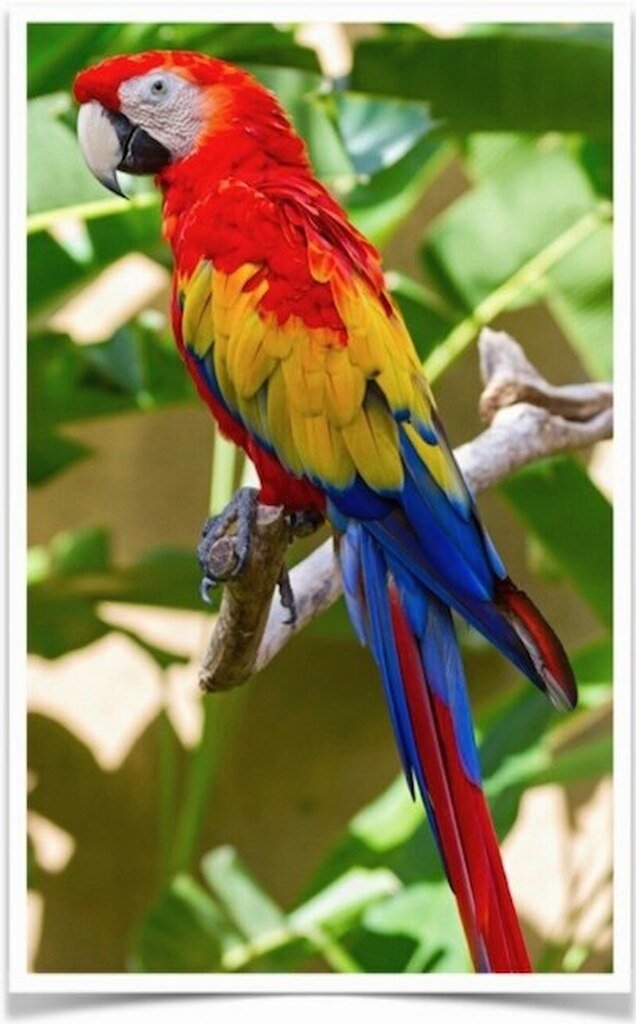


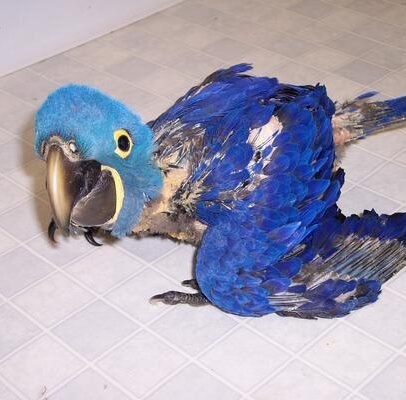
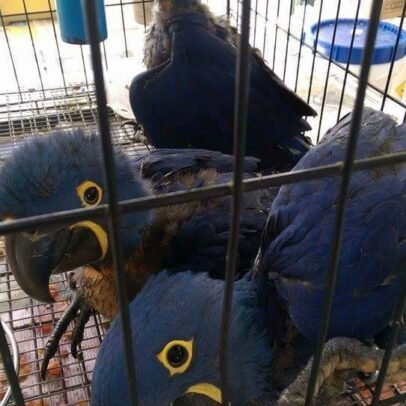
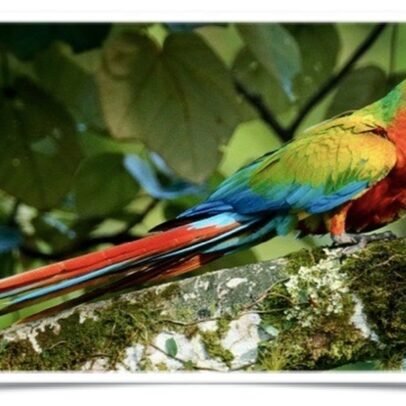


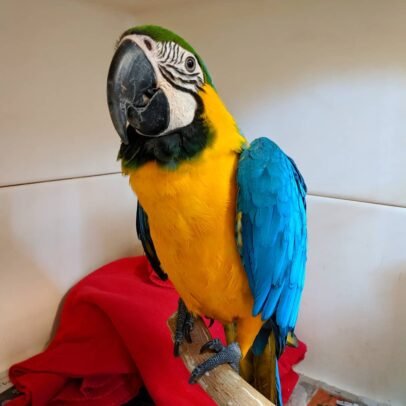
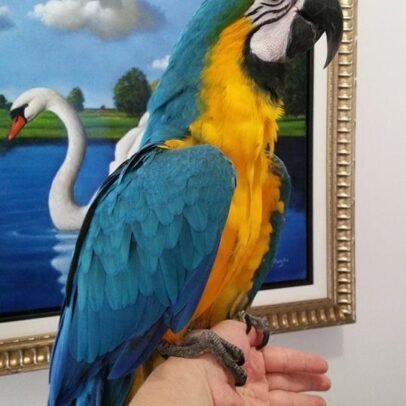

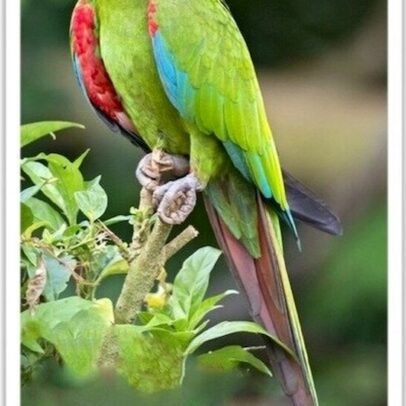
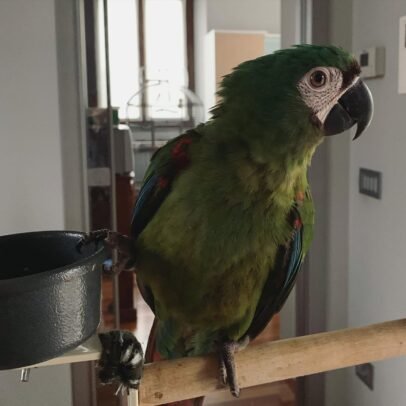

Reviews
There are no reviews yet.